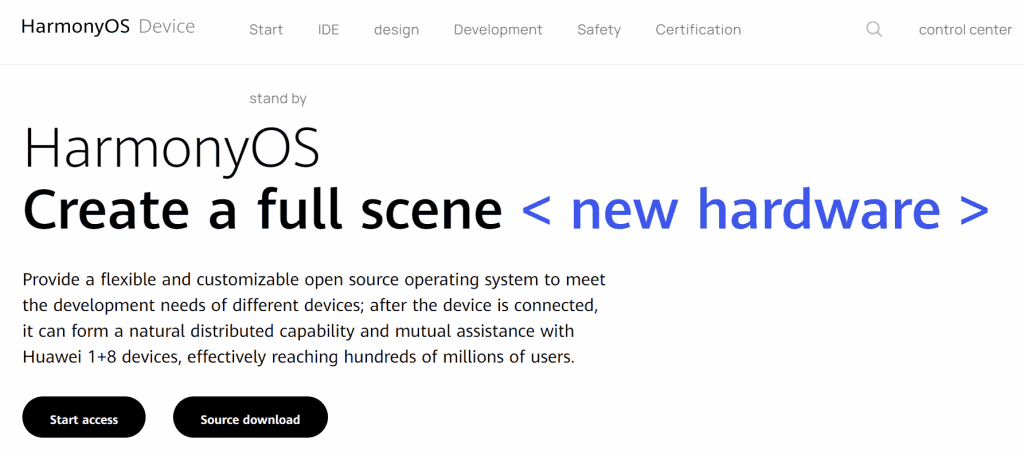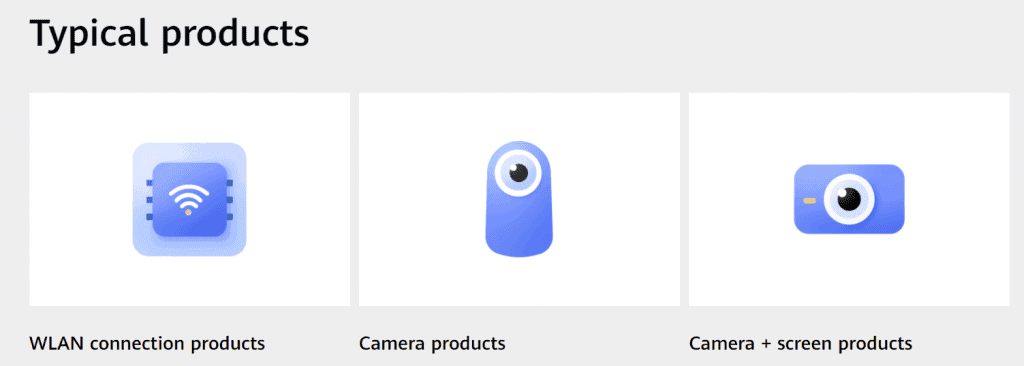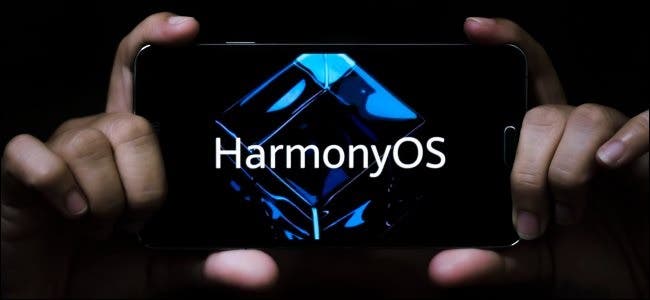Huawei officially launched the Hongmeng OS 2.0 system at the HDC Developers Conference. Today, the system released the developer Beta version for large screens, watches, and cars. The company also said that it will release the mobile version in December. After the launch, smartphones will fully support the Hongmeng 2.0. In addition, the official website of Huawei Harmony OS is now online, and the source code is available for download. The global version of Huawei Hongmeng OS is HarmonyOS.

Starting from September 10, HarmonyOS will be open-source for 128KB-128MB terminal devices such as large screens, watches, and cars. In April 2021, it will be open-source for memory 128MB-4GB terminal devices, and after October 2021 it will be open-source for all devices above 4GB.

Huawei Harmony OS is a “future-oriented” distributed operating system for all scenes (mobile office, sports health, social communications, media entertainment, etc.). Based on the traditional single-device system capability, HarmonyOS proposes a distributed concept based on the same system capability and adapting to multiple terminal forms, which can support multiple terminal devices.
- For consumers, HarmonyOS can integrate the capabilities of various terminals to form a “super virtual terminal”. It can achieve fast connection, mutual assistance, resource sharing between different terminal devices, and match suitable equipment. It also provides a smooth full-scene experience.
- For application developers, HarmonyOS uses a variety of distributed technologies. It makes application development independent of a particular form. This effectively reduces development difficulty and cost. This allows developers to focus on the upper-level business logic and develop applications more conveniently and efficiently.
-
For device developers, HarmonyOS also adopts a componentized design scheme. In addition, it can be flexibly tailored according to the resource capabilities and business characteristics of the device to meet the requirements of different types of terminal devices for the operating system.
HUAWEI IS TRYING HARD TO SURVIVE THE U.S. BAN
Huawei is currently fighting a very intense battle, especially with the American government. It is facing multiple bans that are affecting its business. Since the beginning of last year, all Huawei new phones do not come with Google Mobile Service. This means that no PlayStore, no Gmail, and many other apps. In addition, it can no longer rely on TSMC to manufacturer its HiSilicon Kirin chips. This is as a result of the extended ban which the U.S. government imposed.
According to Yu Chengdong, Huawei will release the Huawei Mate 40 series with Kirin chips in September this year. However, this may be the last phone that will use Kirin’s flagship processor. TSMC can not work on Huawei Kirin chips after September 15. This means that no new Kirin flagship can hit the market. According to Yu Chengond, the Mate 40 series will exhaust all the flagship Kirin chips. This is a very big loss for Huawei.






wanna bet this source is the backdoor free fork? Ask the Brit's GCHQ about all the versioning flak they put up with while Huawei supplied them with source for their telecom gear. In the end, the Brit's officially declared a state of uncertainty over security of Huawei's stuff, you may recall, or admit, unless you are a lying wumao.